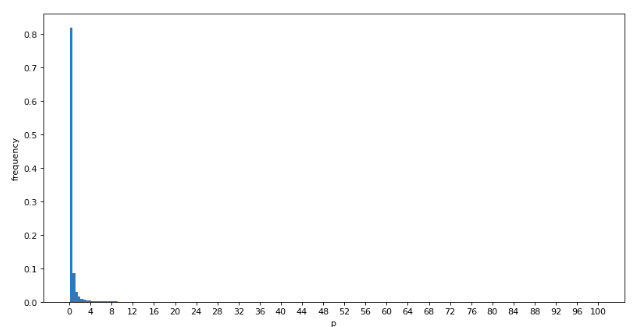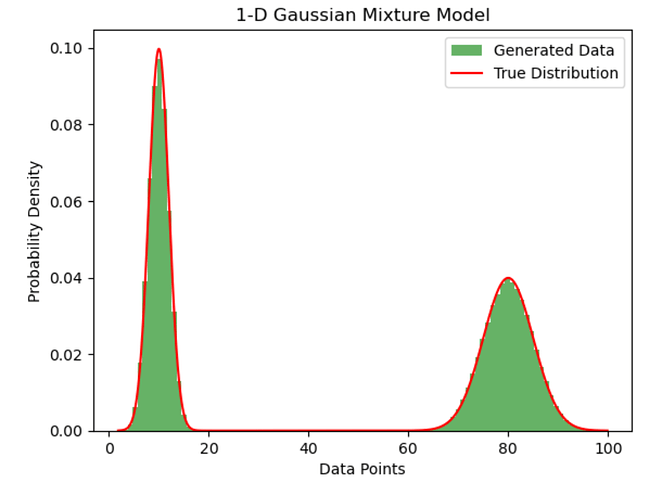Motivation
The purpose of this proposal is to enhance the user experience and optimize vWINR emissions by introducing a probabilistic element to the current multiplier. Through these proposed changes, we aim to bring more excitement and unpredictability, similar to a jackpot-like mechanism, to the minting of vWINR.
One of the main motivations for this proposal is to introduce gamified rewards. Currently, the amount of vWINR minted in a transaction depends solely on the epoch’s multiplier and the bet amount. The proposed change will add an extra element of fun, as players will not only anticipate the outcome of a game but also the amount of vWINR minted based on their bet.
Additionally, this change will slow down vWINR minting, resulting in positive effects on emissions. By implementing the revamped mechanism, our goal is to make the current dual vWINR/WINR model more sustainable.
In summary, these improvements aim to create a more dynamic and engaging experience for our users, and ultimately optimize the emissions system for the benefit of all stakeholders involved.
Proposed Additions
As described in detail at Token (WINR/vWINR) - The WINR Protocol, the current mining multiplier ranges from 0.25 to 1 (after the first halving). Instead of completely overhauling the existing system, our proposal suggests multiplying the current multiplier by a new probabilistic variable, denoted as “p.” This addition will make the amount of vWINR minted for a particular bet unpredictable.
The proposed probabilistic variable, “p,” has a range of 0.1 to 100, with decreasing probability. To achieve this decreasing probability, we utilize the inverse function f(x) = 1/x. Specifically, the random variable “p” will be determined by:
p = 0.1 / random.uniform(0.001, 1)
Where random.uniform(a, b) outputs a value that is randomly selected from the interval [a, b]. The probability of any output between a and b is the same.
The values of “p” range from 0.1 to 100, with values closer to 0.1 having a higher probability. This adjustment allows us to reduce current vWINR emissions by approximately 30%, given that the mean of “p” is around 0.68-0.70. The exact result is given by the following equation:
Mean = 0.1 * (ln 1 - ln 0.001) / (1 - 0.001) ~ 0.69
The following figure illustrates the frequency of each “p” value occurring over a simulation of N=1000000.

Once the variable “p” is integrated into the current mining formula, the amount of vWINR minted per bet will be determined by:
vWINR minted = bet amount * current mining multiplier * p.
For instance, a bet that currently mints 100 vWINR will mint the following amounts for various “p” values:

Conclusion
In summary, the proposed changes to the mining multiplier mechanism present a compelling opportunity to elevate the overall user experience and optimize vWINR emissions. By adding a probabilistic element to the existing multiplier, our objective is to inject a sense of thrill and unpredictability into the vWINR minting process. These proposed enhancements will gamify the currently placed rewards and foster a more dynamic experience for players.
Furthermore, the incorporation of the new probabilistic variable “p” will contribute to a controlled deceleration of vWINR minting, yielding favorable outcomes in terms of emissions. By multiplying the current multiplier by “p,” the amount of vWINR minted for a given bet will become inherently uncertain, adding each transaction an element of surprise.
Through the implementation of these suggested modifications, our ultimate aim is to cultivate an environment that is more immersive and gamified. In addition, this will optimize the emissions system, ensuring its efficacy and benefitting all stakeholders within the vWINR ecosystem.
